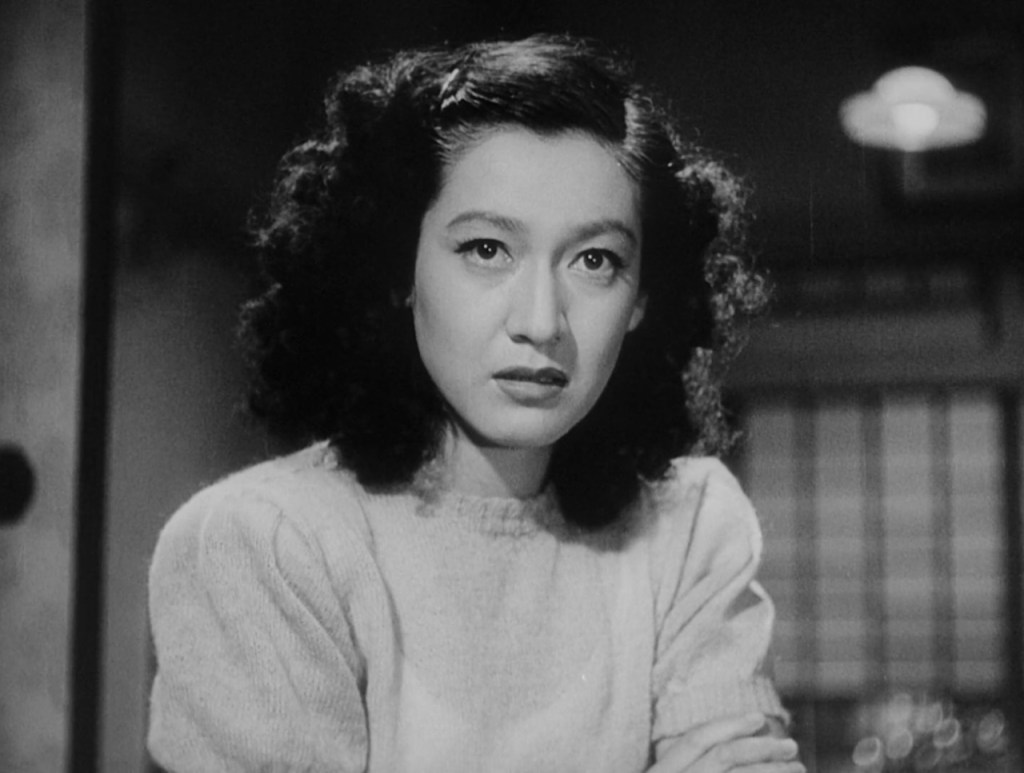
Ozu – Japanese filmmaker Yasujiro Ozu – is a weighty name in arthouse auteur circles, often referenced by Paul Schrader, Mike Leigh, Jim Jarmusch, Claire Denis, Koganda, amongst others. A weighty name even though the reputation of his films is that they are quiet, patient, and delicate. I was intending to begin 2023 on a good note by delving into Ozu’s work for the first time, and selected Late Spring (1949; Banshun). Based on a novel by Kazuo Hirotsu, it’s a father and daughter story: Professor Shukichi Somiya (Chishu Ryu) is widowed and lives with his daughter, Noriko (Setsuko Hara), who is in her late twenties. There’s a marriage plot as the father, at the insistence of his relatives, wants Noriko to be wed and partnered. Even though Noriko takes care of her father, and is very happy with that arrangement, there is a social pressure that she moves out and moves on. Reading about the context of its production, from being filmed during post-war allied occupation (and even censored) to the Japanese cultural contexts influencing ideas about family and marriage, provides further understanding. Even without that context, the effects of the war are still very present in the film, and the changing times are also apparent in the attitudes towards being a single woman, divorce, remarriage. Yet Ozu’s introspective style takes in domestic and mundane spaces as sites for change and stasis, and allows further readings about the father and daughter characters, particularly in a contemporary context; there’s enough shading for different interpretations. Noriko seems both child-like and forward-thinking depending on the scene. The father himself is aimable and doesn’t seek to pressure his child greatly; a lot of it just seems a matter of social expectation and that ‘happiness’ is understood to be everyone moving on. Doesn’t make it any less sad or difficult. There’s great visual elegance in the framing of shots, particularly Ozu’s tendency to shoot from low angles as well as his ‘pillow shots’ – the images of buildings, landscapes and objects that introduce scenes or even interrupt them in the editing. Setsuko Hara is particularly luminescent in key medium close up shots, and iconic shots of her riding her bike to the beach are unforgettable. There’s something brilliant about filmmakers who can present the everyday and show its transcendent appeal. Ozu is one of those artists and I was really taken by Late Spring. I look forward to seeing more of Ozu’s work (Late Spring is part of the ‘Noriko trilogy’ where Hazu plays a young woman of that name, though different characters). Streamed on the Criterion Collection. Recommended.